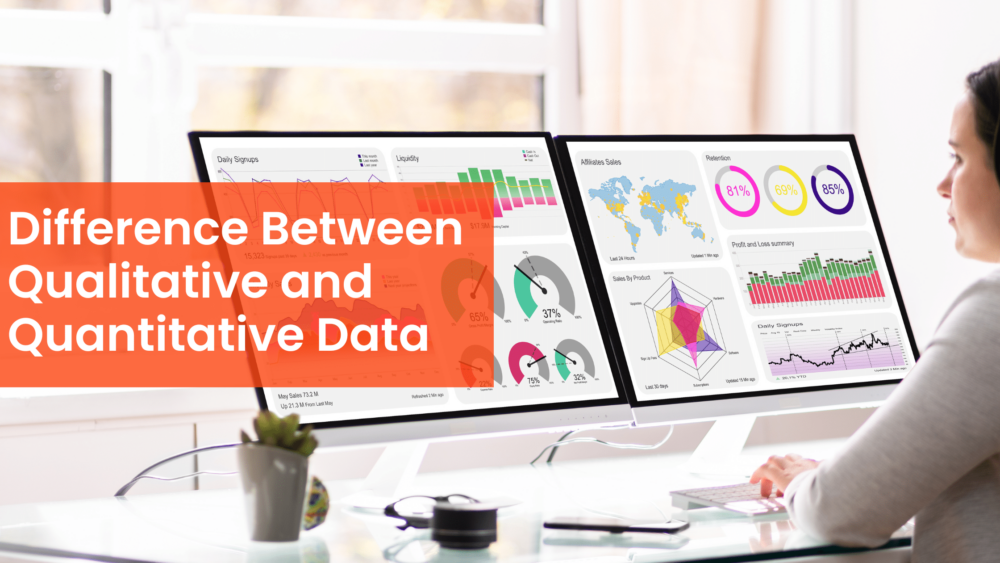Author: Alive Agency
- Home
- Archives
Contextual Marketing: A Privacy-Friendly Solution for the Modern Marketer
In an era where privacy concerns are at an all-time high, marketers are grappling with the…
Read more
How to combat Apple App Tracking Transparency (ATT)
In recent years, privacy concerns have become a significant issue in the digital world, especially for…
Read more
The Difference Between Qualitative and Quantitative Data
Qualitative and quantitative data are two types of data used in research, each having its unique…
Read more
No Matter Brand or Agency, It’s About the Customer!
I spent most of my career working in corporate marketing, with multiple stints as a chief…
Read more
The Relentless March of Digital Transformation
One of the best things about being a dead-center GenXer is that I’ve witnessed and engaged…
Read more
Your Website Still Matters, Even In A Mobile-First World
Mobile applications are often considered a replacement for a website because of how quickly mobile has…
Read more
The Importance of Wearable Devices
With the launch of Series 3 Apple Watch in September 2017 and the extraordinary craze for…
Read more
Mobile Impact – It’s Not a Strategy or Tactic
Millennials and mobile. It’s like Taco Bell and 3 AM. As of early October 2014, there…
Read more
What’s the future of the mobile wallet?
Even as recently as 15-20 years ago, the primary things most people wouldn’t leave their house…
Read more







